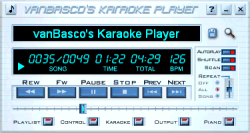That amazing organisation, CoMA (Contemporary Music for Amateurs) is putting on a 1-day conference, next month, to explore “the role of the amateur in contemporary music”. Now, if you think that is only of interest to weird folk who use their musical instruments to create ‘traffic’ noises and turn up their noses at anything ordinary people recognise as a good tune, then think again!
“Changing Dynamics” is about reaching out with new music, making amateurs the centre of the creative hub of 21st century music-making. CoMA knows all about that: since its foundation in 1993, it has commissioned numerous works from leading UK and international composers and formed amateur ensembles to perform them. The CoMA summer school and regional events often prove to be life-changing experiences for those who discover that they are creators, not just consumers of music.
At CoMA events, amateurs and professionals come together to create and perform exciting new works. The guiding principle placed before the commissioned composers is to create a repertoire that is artistically challenging yet suited to the technical abilities of amateur musicians. Amateurs are introduced to all kinds of improvisation and there is tuition in composition for absolute beginners, as well as fresh inspiration for experienced composers.
“Changing Dynamics” is for “musicians, music teachers, schools, festival organisers, local authorities and music organisations” and will be held at Blackheath Concert Halls, Trinity College of Music, London, on 22nd February. See www.coma.org, for further details.


